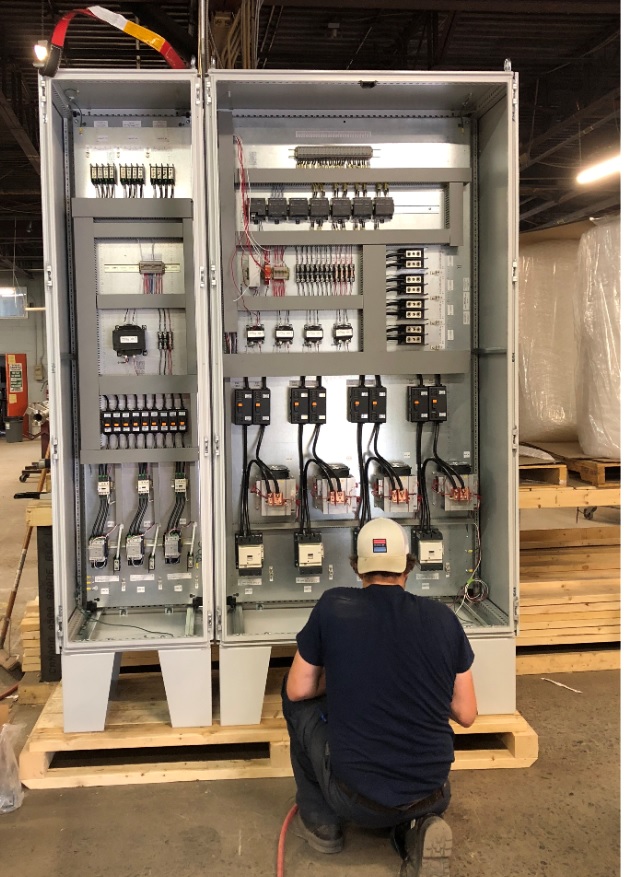SCR- and Contact-based Digital Controllers
 SCR-based control circuits have been very popular in the electrical industry for several decades. These Silicon-controlled rectifiers provide the ability to control the functionality of an electrical device. Especially in the HVACsegment, they control the output temperature or heat outflow. Being unidirectional, SCR controllers can conduct current only in one direction. Currents going into the gate can trigger SCR controllers. A typical SCR controller has three important parts:
SCR-based control circuits have been very popular in the electrical industry for several decades. These Silicon-controlled rectifiers provide the ability to control the functionality of an electrical device. Especially in the HVACsegment, they control the output temperature or heat outflow. Being unidirectional, SCR controllers can conduct current only in one direction. Currents going into the gate can trigger SCR controllers. A typical SCR controller has three important parts:Ø SCR Firing Circuit
Ø Line Synchronization Circuit / Phase Locked Loops
Ø Firing Angle Controller
There are three firing modes: Phase angle, Zero cross and Burst. All three firing modes typically accept analog voltage of 4-20mA. SCR controllers are normally used in devices where high voltage and power need to be effectively controlled. They are mostly used in motors, regulators, welding machines and heaters. Advances in electrical technology have brought about SCR-based digital controllers. Providing reliable and consistent synchronization to the input voltage is the main purpose of a digital controller. With digitalization of these controllers, the circuit becomes a multi-faceted entity. The main facets of a SCR-based digital controller are product configuration, digital line synchronization and control law implementation. Within the microprocessor, the implementation of closed-loop feedback control algorithms is possible, converting line voltage input into digital signals using A/D converters. Microprocessors and high speed logic resources are used to digitally implement PLL Algorithms and phase detectors for a reliable and consistent controlling system.
Configuring a SCR-based controller is quick and easy. You can connect a serial interface to the controller and easily configure the device. With the serial interface properly configured, the controller can be directed to send closed loop voltage, open loop phase commands, or current commands. With a push of a button, you can phase angle, zero crossing control, loop control, voltage, or current. It is easy and quick for the manufacturers to design and deliver digitally controller devices. Developers and testers can quickly reconfigure digital loop gains to test the device, eliminating the tedious testing process of changing the control loop compensation with a soldering iron. Even while configuring the circuit, you don’t have to swap components.
Contact-based Digital Controller
Contact-based digital controllers are digital devices equipped with microprocessors to control a process or a condition automatically. They are programmable. You can customize the digital code based on the intended use. A contact-based digital controller allows you to control time schedules, alarms, trend logics, timers, and set points. Contact-based controllers have digital and analog inputs to measure temperature or pressure of a device. The digital outputs include controlling of hot/cold water or steam. They typically stop or start a process based on the contact inputs from the device.
Contact-based digital controllers are mostly used in the HVAC industry. Through a microprocessor, they control the valves in the heaters, ventilators, and air conditioning units with software. In any HVAC unit, there are sensors that relay the information to the controller. Using pre-defined logic, these controllers provide digital outputs to control the HVAC device. Using a software application, you can create a graphic representation of device functionality. With a graphic display, monitoring or controlling the device is quick and easy.
